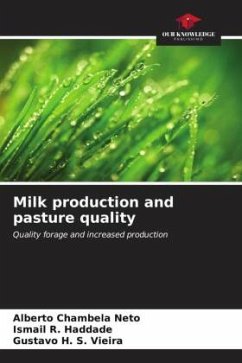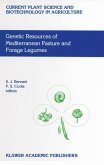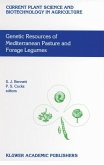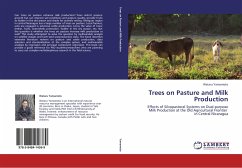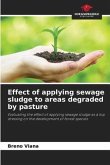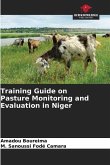National dairy farming is based on properties that have been passed down from generation to generation and are being managed with increasing difficulty; they are located on large areas where pasture management is almost non-existent and animal productivity is far below what is needed to make the expected profit. This change in reality usually involves adopting technologies such as soil correction, pasture fertilisation and irrigation, reducing and intensifying pasture areas and strategic fertilisation during the rainy season, adopting rotational pasture management, genetic improvement of the herd and, in some situations, changing the forage species. Although changing forage species isn't always an economically viable alternative, it must be considered that by reducing and intensifying grazing areas, the possibility of introducing new cultivars can be the differential needed to increase milk production. Here we look at the Tanzania-1 cultivar (Panicum maximum) as a forage alternative to increase animal production.
Bitte wählen Sie Ihr Anliegen aus.
Rechnungen
Retourenschein anfordern
Bestellstatus
Storno

